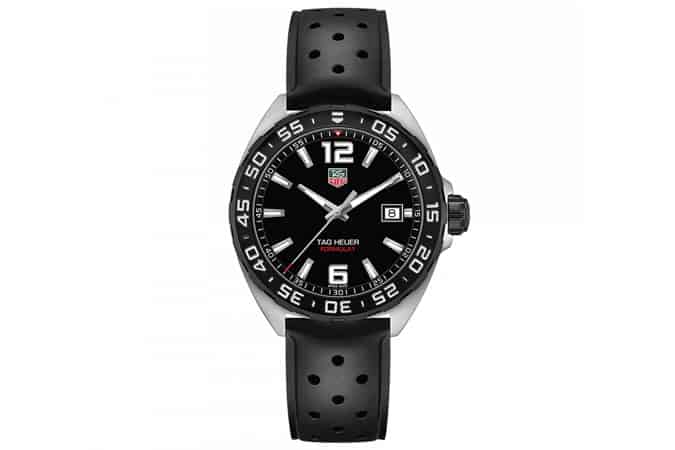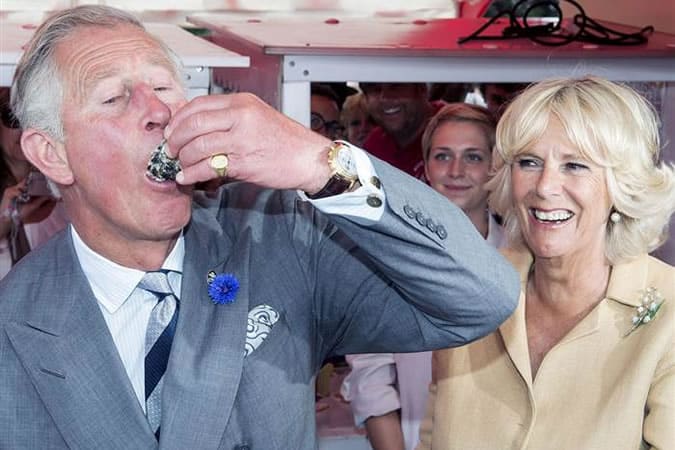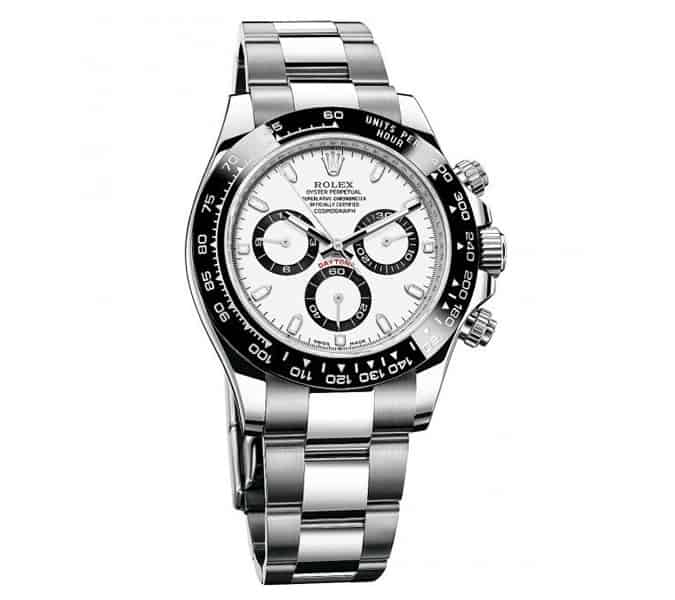How Watches Went Online
The Rolex man looked very pleased with himself. ‘Rolex is joining Twitter!’ he announced, clapping his hands together. ‘But!’ came the warning, ‘ours will be a MONOLOGUE, and not a DIALOGUE!’ Four years on, Rolex has yet to tweet under its official handle. Speaking personally, my follow request is still pending. To be fair to Rolex and its kin, a lot – probably too much – was expected of how the luxury watch industry would evolve in the digital age. Rolex’s Twitter account may be a symbol of the industry’s awkward relationship with online media, but let’s not forget that fundamentally watch brands pedal antediluvian technology and levels of dis-connectivity last fashionable around the time of the Crimean War. Moving from that to Snapchat was never going to happen overnight. It doesn’t help that the watch industry is notoriously secretive and protective of its intellectual property, either. The web, and social in particular, has obliged it to react faster than it’s ever had to before and created an accountability network it will probably never be comfortable with, not least because it opens it up to the scourge of the industry – counterfeiters. But them’s the breaks. Watch brands have – mostly – come to terms with the internet, and embraced the good. As they should. The digital age, perverse though it might seem, has fanned the flames of an analogue industry, giving watch companies unprecedented access to their customers and creating a new generation of mechanical watch enthusiasts, vastly expanding the market.
 Rolex is yet to tweet under its official handle
Rolex is yet to tweet under its official handle
No one has yet calculated how big the impact of digital media on the watch industry is – how could you? – but it’s been game-changing. The internet has spawned a new breed of watch retailer (pre-owned seller WatchFinder, founded in 2002, is predicting turnover of £60m this year), a new genre of specialist online watch magazine, and a new cohort of wristwear-focussed influencers, most of whom ply their trade via social media. The sum total of which made an unquantifiable contribution to an industry boom that has made household names of brands like Patek Philippe and Hublot. — The origins of the digital watch media landscape go back to the collector forums of the mid-1990s. Timezone.com was founded in 1995 as a hub for collectors to share ideas and trade information, and built up a following of die-hard enthusiasts that’s still loyal – but ageing – today. It was followed in 2001 by fellow authority PuristsPro (now Watchprosite), a multi-brand discussion forum with moderators all over the world. Both retain influence, despite being all but impenetrable to the uninitiated in this fluid, social age. These forums were followed by a younger generation of hobbyists who combined a nascent interest in watches with digital media savvy to create blogs, and then full-blown online magazines. In 2007, Ariel Adams launched ‘A Blog to Read’ from his Los Angeles base, changing the name in 2012 to A Blog to Watch to reflect its watch focus. Today, the site averages 90k page views a day and pulls in 800k views to its YouTube channel every month. Hodinkee, started a year later by then UBS project manager Benjamin Clymer in New York, now racks up 750k uniques a month, has 306k followers on Instagram and in June sold almost $500,000 worth of vintage watches through an online platform it launched in March this year. Hodinkee has become a model citizen for online watch content, merging last year with Kevin Rose’s (he of Digg fame) online watch content aggregator Watchville and scoring an investment of $3.6m to back its expansion into ecommerce.



















